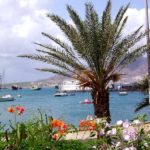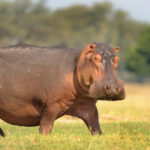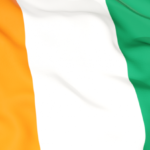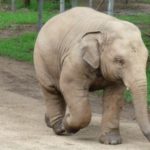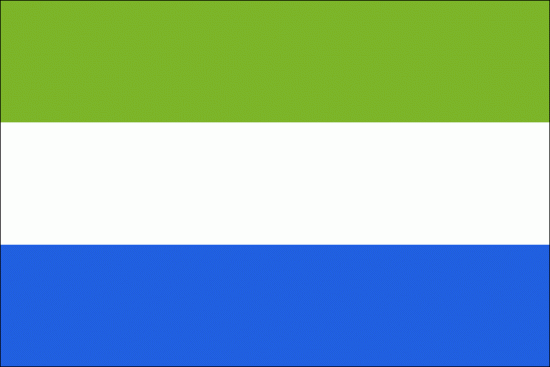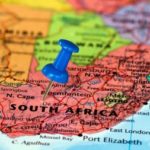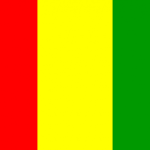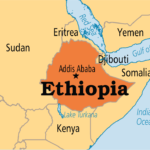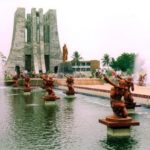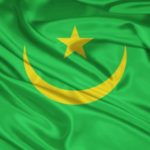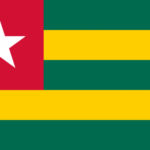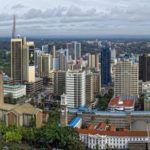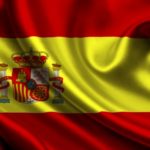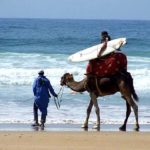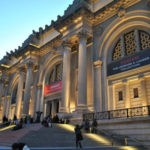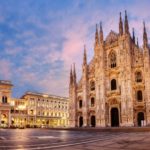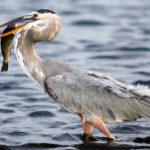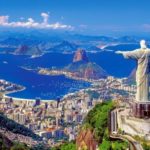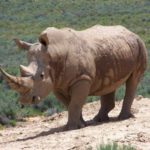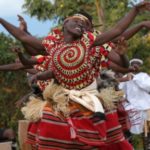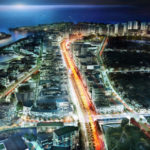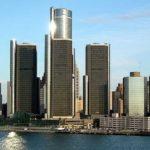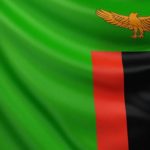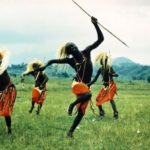Capital of senegal – Dakar
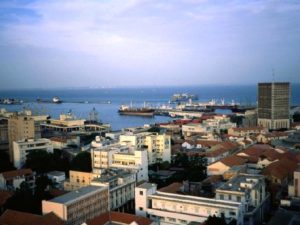 Dakar – most of our compatriots associate this word with rally. Founded by Frenchman Thierry Sabin in 1978, the annual transcontinental Paris-Dakar rally-marathon eventually became the most prestigious automobile championship in the world.
Dakar – most of our compatriots associate this word with rally. Founded by Frenchman Thierry Sabin in 1978, the annual transcontinental Paris-Dakar rally-marathon eventually became the most prestigious automobile championship in the world.
Yes, of course, Dakar is above all a triumph of our KAMAZ-Master team. And although it is not the first year that the Dakar rally has been held far beyond the borders of Africa, of course, Dakar itself remained in place.
Dakar is the capital of the amazing African country of Senegal. It is located in the west of Africa on the Atlantic coast, and more precisely on the peninsula of Cap Vert, which means Cape Verde. During those years when the most popular rally in the world was held in these places, this rather quiet area was one of the most visited in Africa. And although that year the cars that rush through the mountains and deserts do not roar here with powerful engines, the tourists here have hardly diminished.
As a city, the capital of Senegal has existed since 1857, although there were previously settlements on this place. So, the existence of the N’Dakar village here has been known since the middle of the 18th century. The name of the village N’Dakar in translation means “tamarind tree”, which is a symbol of well-being among the local population. In the course of time, the N’Dacar, difficult to pronounce, turned into a short Dakar due to the French.
What is interesting to see in Dakar and its surroundings? Not far from Dakar in the western side there is a lake-plankton Las Rosa, the name is explained by the shimmering pink shade of the surface. The salt index of the lake is quite high, which will ensure the safety of people who cannot swim.
The surroundings are the final destination of the extreme Paris-Dakar rally, after which the festival takes place here in January, where the main characters of the race are present rally participants from all continents.
In general, France has played a huge role in the history of modern Dakar. Being for many years the capital of French West Africa, and then the administrative center of the Dakar colony and dependent territories within French West Africa, Dakar became a quite modern city with a European slant. Since 1960, since independence, Dakar has become the capital of the Republic of Senegal. But the French past remained the main tendency of development, both of Dakar, and of Senegal as a whole. In recent years, the tourism industry has been booming in Senegal. Modern hotels and restaurants are being built, which, in terms of quality of services, are not much different from Egyptian or Moroccan ones (also, check Interesting facts about Marseille).
Travel companies are developing new interesting routes, organize active recreation in the form of fishing or extreme jeep safari on the route Paris – Dakar, enjoying unchanged success.
Now Senegal combines French, Muslim and African culture into one. World renown in Senegal music was won by Jesus N Dur, whose music combines the West African sound of drums with the sounds of an electric guitar. Each year NDur organizes a unique show Tiossane in Dakar, this event is considered one of the most significant in the country.
Traditional Senegalese accessories are all sorts of beads and bracelets made of shells, beads or leather, the main purpose of which in ancient times was protection from evil spirits, are all worn: women under clothes, men at the waist or biceps, babies at the ankle.
The pearl of Senegal is considered to be the Fadiu shell, located in the western part of the country. The island became famous thanks to the fact that everything here is decorated with shells: buildings, buildings, even the soil. Formation of the island was promoted by local residents who have been engaged in fishing for mollusks since ancient times and used them in food. The shells freed from the meat were taken to a definite place. Depleted shells mixed with the roots of mangrove reeds and giant baobabs, forming a monolithic island. Subsequently, the mainland was connected to the island with a wooden bridge.
Senegalese village Joel-Fadiut is the most interesting place on the planet. By virtue of its location on earth, the mainland of Africa is devoid of snow, but a journey through the snow-white streets of the island of Fadiut makes people hear a crunch under their feet, like snow, but in summer. This effect is achieved from the shells under their feet, because the island consists entirely of them.

